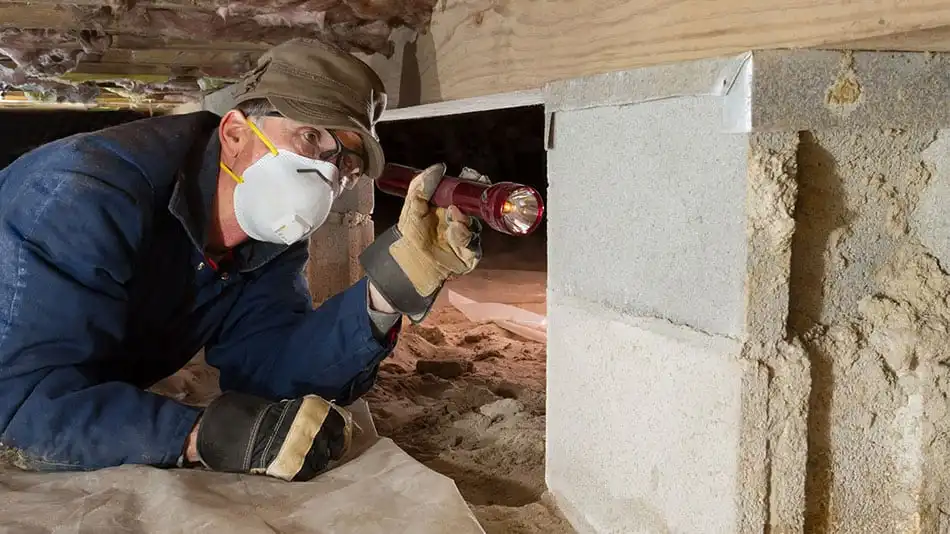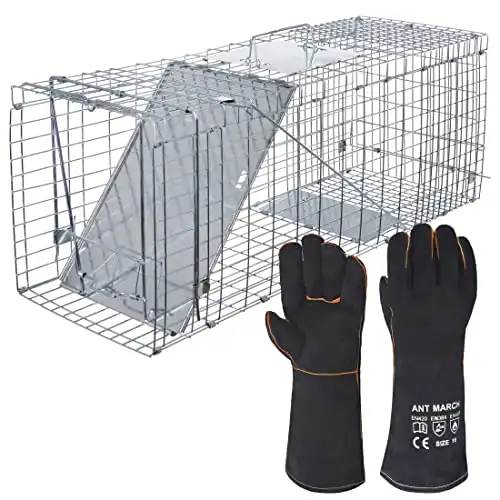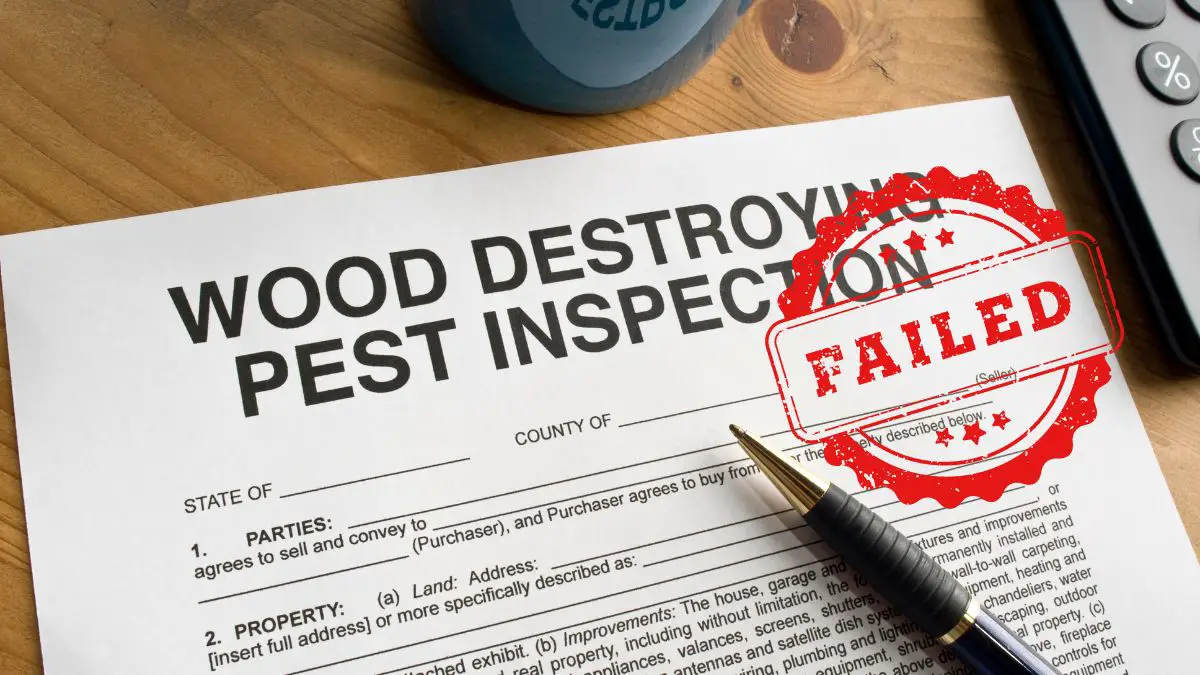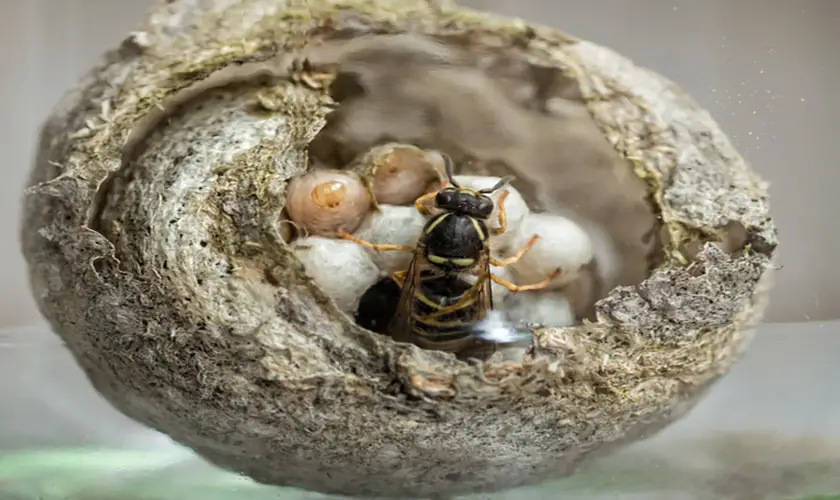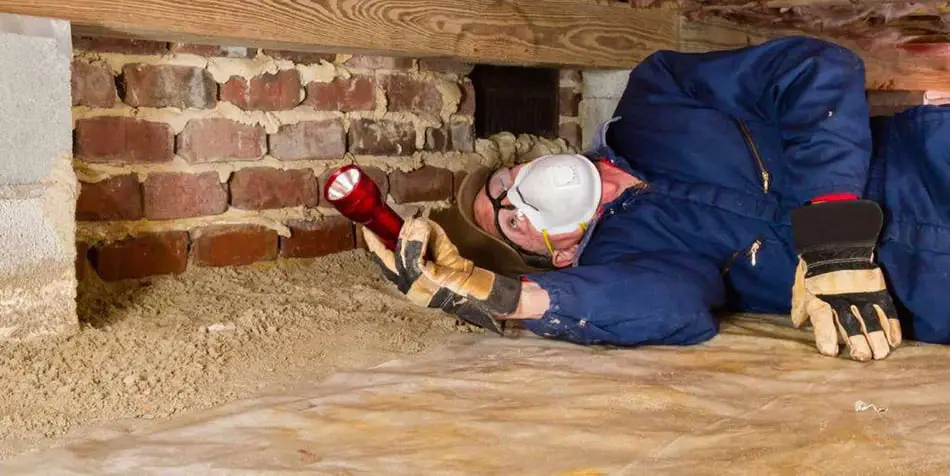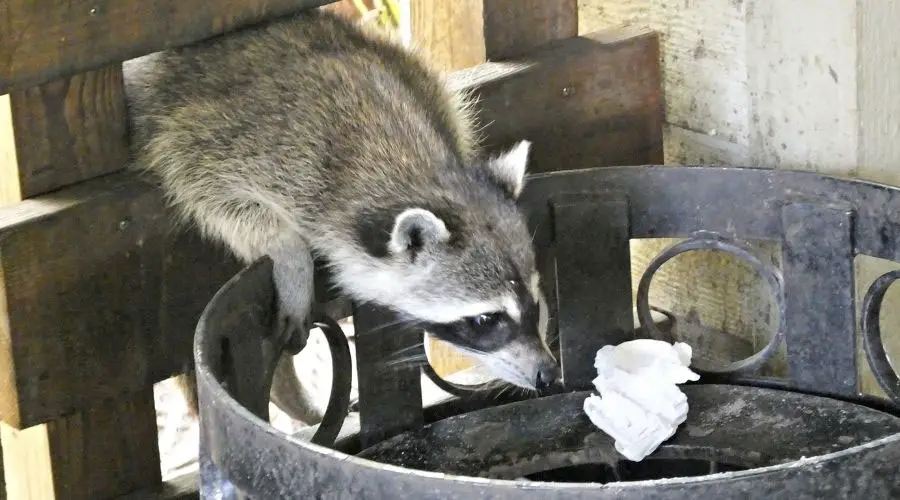
Are you having trouble with raccoons? Perhaps they are destroying your property by thrashing through your garbage cans for food, scaring or working your pets up, scratching your house, or trying to pull off your shingles? Maybe you want to get rid of them just if they have diseases you are worried your family might catch. Well, it is time to trap them and get rid of them.
The only natural way to trap these raccoons is patience. Eventually, they will try to enter the cage to get the bait you put in there. However, you can choose to disguise the trap with foliage around your residence. Even with a camouflaged trap, waiting is essential.
Raccoons are very clever creatures that learn by watching and by doing. If a raccoon or two have watched you or have seen pest control catch some other raccoons, they may become cage shy. This means they are aware of traps and do their best to avoid them.
Get FREE quotes from licensed pest control technicians in your area today. Whether you need spraying for ants, roaches, spiders, ticks, mosquitos, or bed bugs, We Can Help! All technicians are screened, licensed, and insured.
In this article, we will discuss how you can go about catching the raccoons that have been trashing your property. We will also discuss the best kinds of bait to use for your traps and what to do with the raccoons when you eventually catch them.
Are Raccoons Hard To Trap?
Raccoons can be both frightening and sweet, depending on the situation. These animals can infiltrate your house, and people choose to set up a trap so the raccoons can be killed or caught. However, capturing can be difficult if a raccoon is cage-shy, and the expense may be prohibitively expensive.
Raccoons in the wild cannot be housed as pets in houses. Therefore, these are not permitted to be brought into homes, attics, or any other location where humans will be present. This is solely due to the risks and hazards posed by the presence of wild animals.
If capturing a raccoon is difficult, you must first schedule the time to catch them. When raccoons want to gain weight for the winter, it is best to capture them before the season begins. During the drought, raccoons can eat everything they encounter, including fruits and kernels set out as bait.
The location of the cage is essential, and it will determine whether or not you succeed. Much of the time, the den’s escape is the best place. Raccoons prefer to wash their food before eating it, so place the trap by the water’s edge. When approaching the den, the raccoon will abandon the tracks.
When the raccoon is timid, and it is challenging to enter the enclosure, you should be mindful of the legal means to apprehend it. You must ensure permission to use the traps or install them near a public house.
You can also take care to capture only raccoons and not other species that may share the same habitat as the raccoons, such as skunks.
It is essential to determine the type of bait to use by the season. In the season, you can find sweet snacks that can be used as bait. Kernel and watermelon are two alternatives that might fit. Cage-shy raccoons can discover them too stinky and enter the cell independently.
If you set the trap in an old home, it would most likely be unable to penetrate quickly, so you can decide the best locations near where they live. Before capturing the raccoons, put on a hat and gloves.

How To Trap A Raccoon?
When trapping the raccoon, choosing the right equipment to use is vital. You have likely already seen the traps you will need. These traps come in single or double doors. Both have their advantages.
The single door is easier to set up and bait, while the double-entry will provide the raccoon a clear line of sight through the cage, allowing them to think its a tunnel of some sort instead of an enclosed space, which can calm the raccoon some and make it more inviting to walk into.
Regardless of the type of traps you choose, placement is crucial to ensuring the capture of pesky raccoons. Putting traps near areas where you have seen the raccoons in question or where you noticed damage caused by said raccoons are an excellent place to start.
That being said, raccoons like covered areas make them safe, so putting cages out in the open or in the middle of your yard is unlikely to show results.
Traps for raccoons may work best along your fence, your porch, along the side of your house and sheds, and under bushes.
If you have seen or heard raccoons putting cages in your attic or garage, there would be a great boon to your cause. Taking care of troublesome raccoons that know entering your home is the most dangerous and should be taken care of first.
Something you can consider doing is disguising the trap. Using leaves and grass from around the surrounding area will help. Making the cage not look like a cage should help catch smart or cage-shy raccoons.
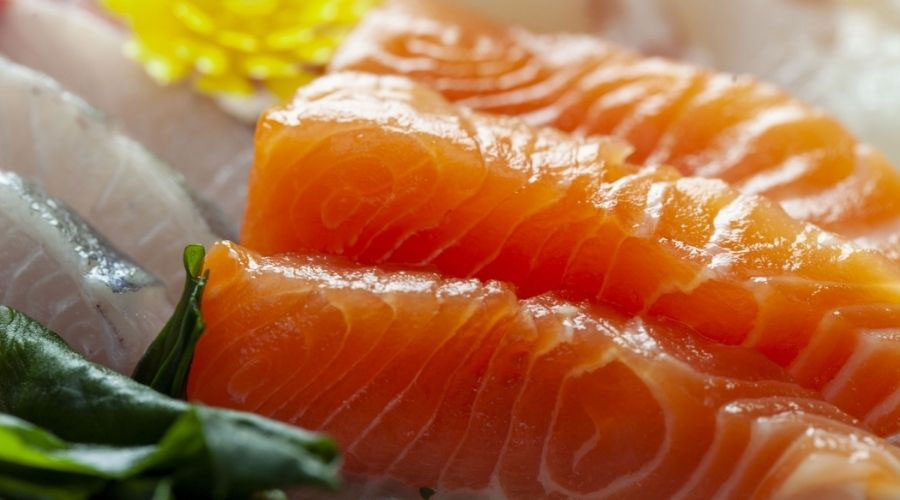
What Bait Do I Use To Trap A Raccoon?
Now that you have found suitable spots for your traps, it is time to start looking into the bait. As mentioned above, it depends on the season. During the spring and summer, raccoons are more active, so choosing light and sweet food will give you the best results.
Best Baits To Use During Spring & Summertime:
- Marshmallows
- Watermelon and other sweet fruits
- Sweetcorn on the cob
- Vegetables coated in honey or sugar
At the opposite end of the season, raccoons are looking to fatten up and prepare for winter when food usually is harder to come by. So during autumn and winter, the best baits to use are pungent fatty and protein-rich foods.
Best Baits To Use During Autumn & Wintertime:
- Wet or dry cat food. The smellier, the better
- Fresh, smoked, or canned fish
- Eggs, either hardboiled, scrambled, or whole raw eggs
- Other fatty and rich meats like chicken or beef
When placing the bait inside your traps, be mindful of where you put the inducement. You want the lure to be at the far end of the cul-de-sac for single door traps and right in the middle for double door traps.
Be mindful of how much bait you are putting in the cages. If you put too little, the raccoons might not be interested enough. On the other hand, if you put too much, you will just be wasting the food.
Once you have placed the trap and baited it, it is time to wait. Continually check the web every 3 to 4 hours while checking your surroundings when going to the trap. As previously stated, raccoons are very clever, and they may catch on if they notice you going to the same spot.
You need to check the trap often because raccoons can become quite anxious when left in a confined space like that for long periods. This will make handling and releasing the raccoon harder the longer it waits in the cage.
When re-baiting the traps, it depends on the bait you are using. Changing the lure every other day would be wise if you use fruits like watermelon or whole raw eggs. For the rest of the baits we have listed in this article, you can change the bait every 3 to 4 days.
Continue this process until you have caught the raccoon bugging you and your family.
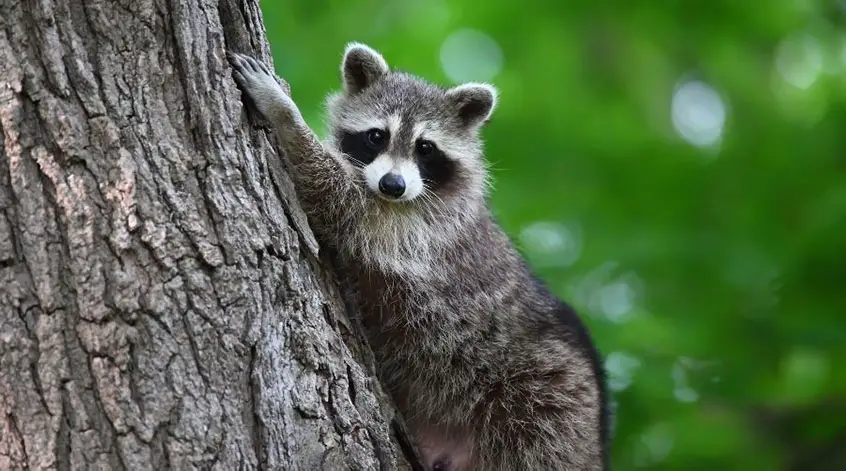
You Have Caught The Raccoon! What’s Next?
Congratulations, you have caught your first raccoon, and hopefully, the only one you need to! Get some heavy gloves and a large towel. Approach the cage slowly and quietly. Rushing to the cell will startle the raccoon, making it aggressive and defensive.
Drape the towel over the pen. This will help calm the raccoon. It is a lot like Steve Irwin putting a shirt or a towel over the eyes of a crocodile. Most of the time, when animals can not see around them, it helps calm their nerves.
Make sure you have your heavy-duty glove on, then pick up the cage and hold it away from your body when transporting it.
Go ahead and take the raccoon to your vehicle. It is time to take it somewhere to be released. Take the raccoon 5 to 10 miles minimum away from your home.
Choose a spot that has trees for plenty of covers and a water source not too far away. Be sure not to be close to other residential areas as you will just be pawning your problem off on someone else, which is illegal, and you will be fined by the police if caught doing this.
Place the cage down and stand behind it. Open up the pen and wait. Most of the time, raccoons and other caged animals dart out of the cell as soon as they see an opening.
However, sometimes the animal will be too scared to come out. In this case, leave the trap open and back up a safe distance and wait for it to go.
Congratulations again! You have successfully captured and released a raccoon! Repeat as many times as you need for the problem to disappear completely.
Final Thoughts
As this article comes to its conclusion, we hope it has provided you with all the information you need to help eliminate the pesky raccoons trashing your yard.
Get FREE quotes from licensed pest control technicians in your area today. Whether you need spraying for ants, roaches, spiders, ticks, mosquitos, or bed bugs, We Can Help! All technicians are screened, licensed, and insured.


